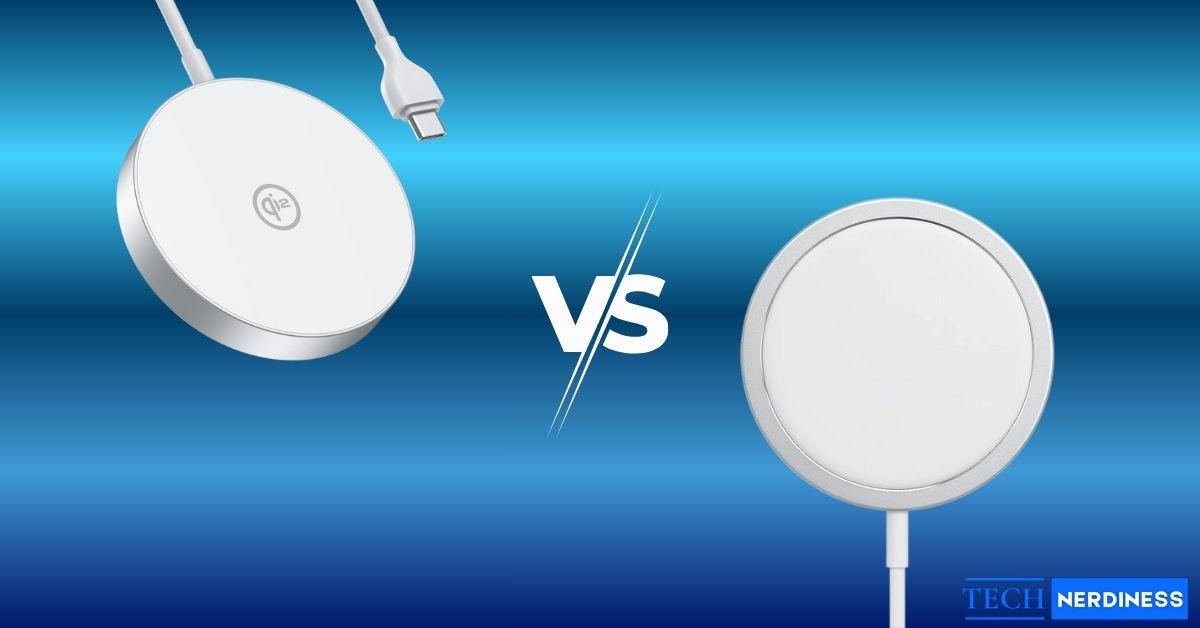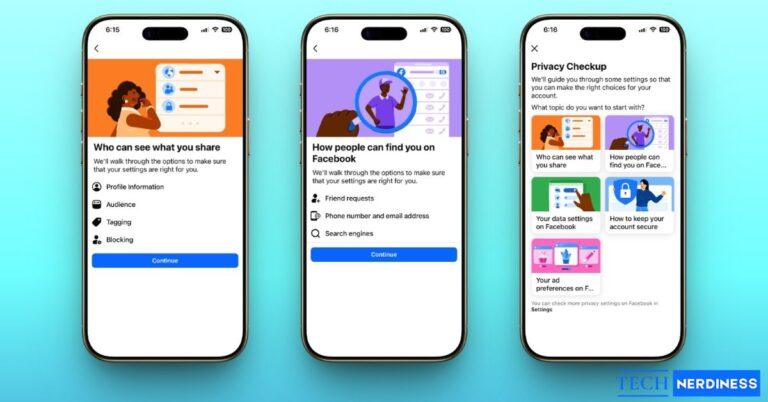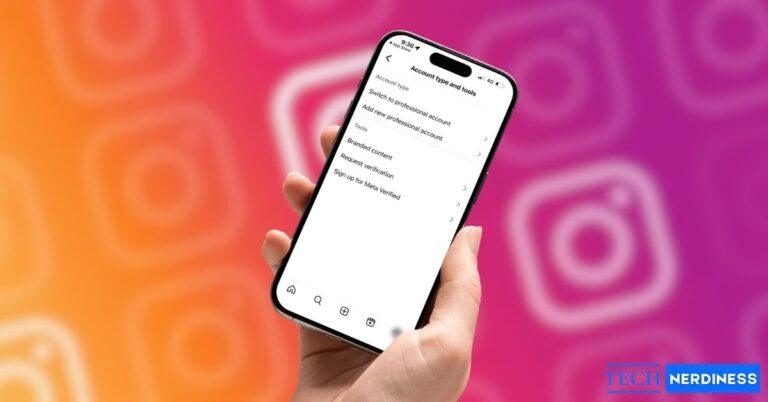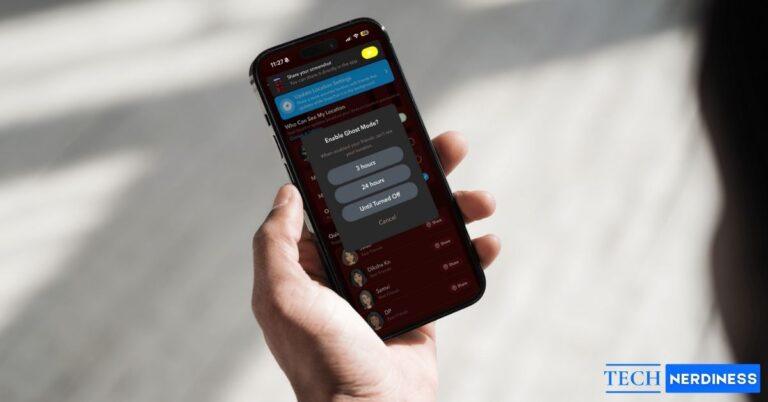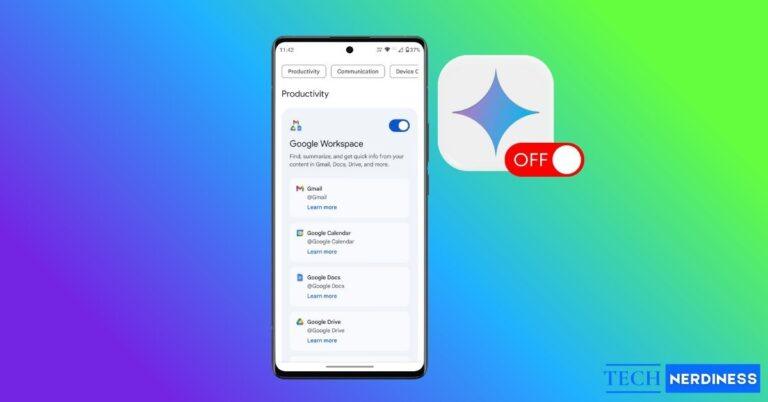Wireless charging sounds simple in theory. Drop the phone onto the pad and you are good to go. However, misalignment causes slow speeds and overheating, and it becomes a hassle when juggling iPhones and Androids in one house. Enter Qi2: the upgraded standard that’s bringing magnetic magic to more devices without Apple’s premium price tag.
In this guide, I’ll compare MagSafe vs. Qi2 technology and share which wireless charger you should buy.
What is MagSafe?
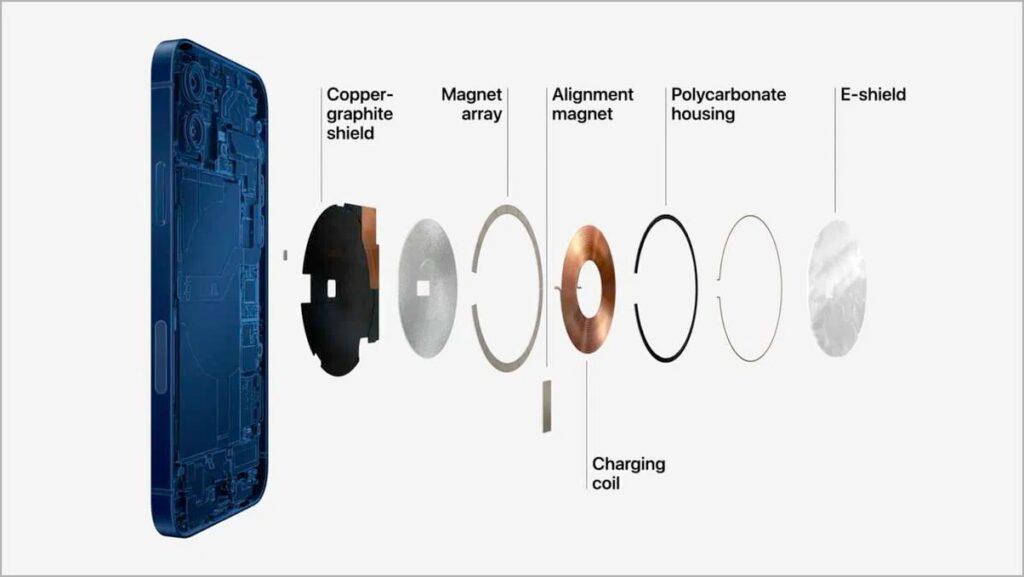
MagSafe is Apple’s take on wireless charging, launched with the iPhone 12 in 2020. It’s not just about juicing up your phone; it’s a whole system that uses magnets to make the device snap into place perfectly.
How It Works
At its core, MagSafe relies on a ring of magnets embedded in the back of compatible iPhones (and some accessories). When you bring a MagSafe charger near your phone, the magnets automatically align the charging coils. This improves charging speed, efficiency, and heat management.
On iPhones, MagSafe tops out at 25W for fast charging, faster than the 7.5W you’d get from basic Qi on older models. Additionally, if you are buying third-party accessories, ensure they’re Made for MagSafe certified. These deliver the full 15W without overheating. Without it, you might drop to 7.5W or less.
Check out: Best 25W MagSafe Chargers Worth Buying
Accessory Ecosystem
MagSafe shines in its add-ons. You can grab a huge range of accessories:
- Adjustable stands
- Car mounts (vent, dash, windshield)
- Battery packs
- Wallets
- Tripods and grips
What Are Qi and Qi2?
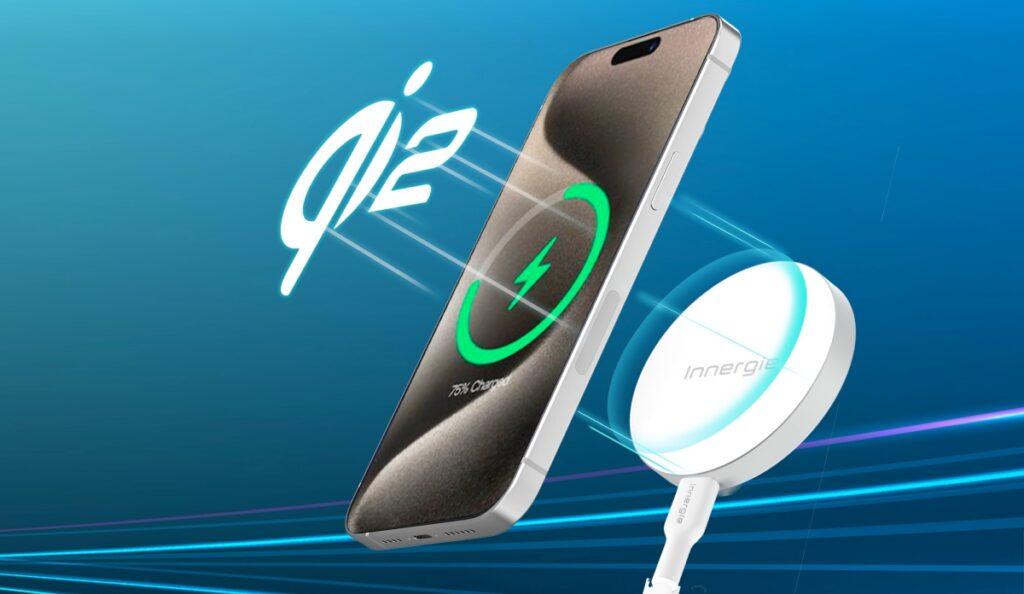
Qi is the pioneer of wireless charging, created by the Wireless Power Consortium (WPC) back in 2008. It’s the universal standard that lets you charge almost any device.
Qi uses inductive charging, where the coils in the pad create a magnetic field that transfers energy to coils in your device. No wires between phone and pad, but you need to center it manually. It scores well for general precision, but less efficient if you are even a centimeter off.
What Qi2 Adds
Qi2 levels up with MagSafe-like magnets called the Magnetic Power Profile. It adds precise alignment for better coil alignment for better coil matchup, jumping efficiency from Qi’s 70-80% to up to 85%. Charging speeds top 25W on supported devices with constant power delivery, reducing heat generation.
Qi Ecosystem
Qi adoption is huge. Over 4 billion devices use this wireless-charging standard by now. It’s everywhere:
- Cars
- Android phones
- Earbuds
Device and Case Compatibility
Compatibility can trip you up, so here’s a quick rundown. MagSafe is Apple-exclusive for full perks, while Qi/Qi2 play nice with everyone. Use this table to see what works where.
| Device Type | MagSafe Support | Qi Support | Qi2 Support (Magnetic Alignment) |
|---|---|---|---|
| iPhone 12 and later | Full (25W, magnets) | Yes (7.5W without magnets) | Yes (25W with magnets on Qi2 pads) |
| iPhone 8–11 | No (Qi only) | Yes (7.5W max) | Yes (7.5W, no magnets) |
| Android Phones | No | Yes (most models, up to 15W) | Partial (e.g., HMD Skyline; others need add-on rings) |
| AirPods Cases | Yes (Pro models with MagSafe) | Yes (all wireless cases) | Yes (alignment on Qi2 pads) |
Other Factors
- Case Thickness: MagSafe handles up to 3mm thick cases; Qi/Qi2 up to 5mm. If it’s thicker, trim the case or go caseless.
- Magnetic Rings: Need to add one to non-magnetic phones for Qi2 alignment.
- Metal Attachments: Skip metal-backed cases; they block signals. Qi/Qi2 detect and pause if metal’s in the way.
- Credit Cards: Magnets won’t demagnetize RFID chips (modern ones are shielded), but don’t store cards in magnetic wallets long-term.
Qi2 vs MagSafe: Detailed Comparison
Let’s pit them head-to-head so you can easily decide whether the MagSafe or Qi2 charger, like Google’s Pixelsnap, fits your lifestyle.
Charging Performance

MagSafe edges out with consistent 25W peaks on iPhone 12+, hitting 0-50% in about 30 minutes and a full charge in 2 hours. Qi sticks to 7.5W on older iPhones (50% in 45 mins, full in 3 hours), but Qi2 matches MagSafe at 25W if aligned.
Sustained power? Both throttle after 50% to protect batteries, but misalignment on plain Qi can halve speeds. Heat and coil drift also reduce performance. Qi pads are 20-30% less efficient off-center, while magnets keep MagSafe/Qi2 delivering consistent output.
Efficiency and Heat
As perfect coil alignment equates to less wasted energy as heat, MagSafe and Qi2 hit 80-85% efficiency, while plain Qi dips to 70%. Thermal throttling then kicks in around 40°C, at which point your phone slows down charging to cool down.
If you charge your phone overnight, both are good to go. But Qi2’s magnets prevent overnight drift, saving a few watts. Also, Qi2 feels cooler for long sessions, but all three need ventilation.
Convenience and Use While Charging
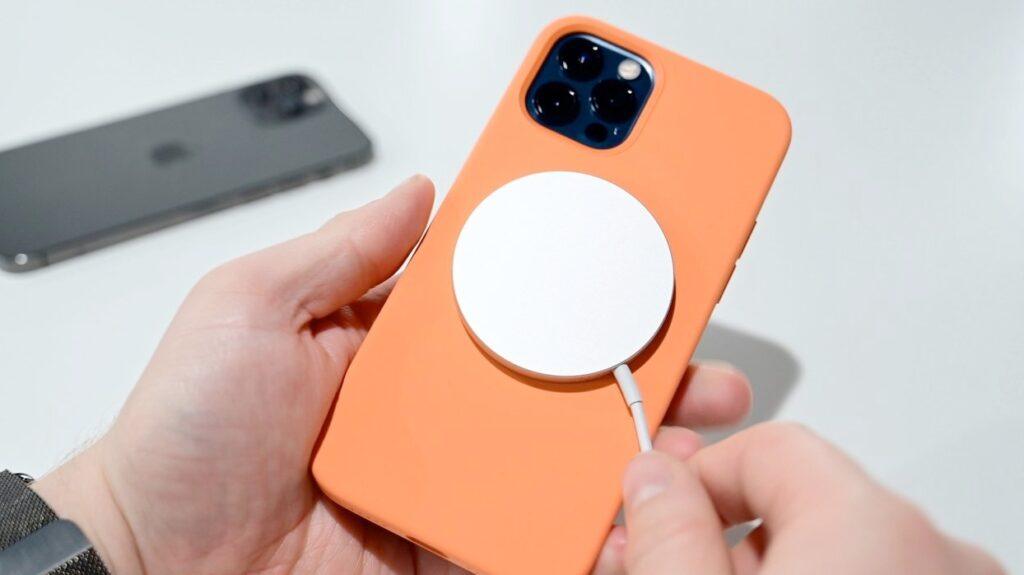
MagSafe wins at convenience. One-handed snap-on, and your phone stays put for scrolling, gaming, or FaceTime without tipping. Qi requires two hands to position, and it wobbles during use. Finally, Qi2 closes the gap with magnets, making it nearly as effortless on supported Androids.
Safety and Battery Health
All three use foreign object detection (FOD), so they beep or stop if keys or coins sneak in. Also, certified versions optimize charging: pause at 80% for overnight, resume at dawn. Branded MagSafe and Qi2 chargers also integrate advanced cooling technology, temperature regulators, and multiple safety measures.
If your iPhone is still facing higher temperatures, learn how to fix overheating issues on iPhone.
Cost and Availability
MagSafe starts at $19 to $150 for fancy stands. However, you need to buy a 20W brick separately. Qi pads? $10-30 basics, Qi2 at $20-60. Most include cables but not bricks, so grab a 20W USB-C one. Moreover, you may get 1-2 years standard warranties from renowned brands.
MagSafe: Pros and Cons
Pros:
- Best alignment for zero-fuss charging.
- Vast, high-quality accessory lineup.
- Consistent 25W speeds on new iPhones.
- Feels premium.
- Better heat management in real use.
Cons:
- Apple-only; useless for Android.
- Pricier, $20+ premium over basics.
- Limited to a 15W cap for regular MagSafe power banks and pads.
- Magnets add slight bulk to cases.
Qi and Qi2: Pros and Cons
Pros:
- Works with everything, so truely universal.
- Cheaper entry point ($10 starters).
- Qi2 matches MagSafe efficiency.
- Backward-compatible on old pads.
- Wider Android support.
Cons:
- Plain Qi needs manual alignment.
- Slower on older iPhones (7.5W).
- Fewer magnetic options.
- Heat builds faster without magnets.
MagSafe vs. Qi2: Which Should You Buy?
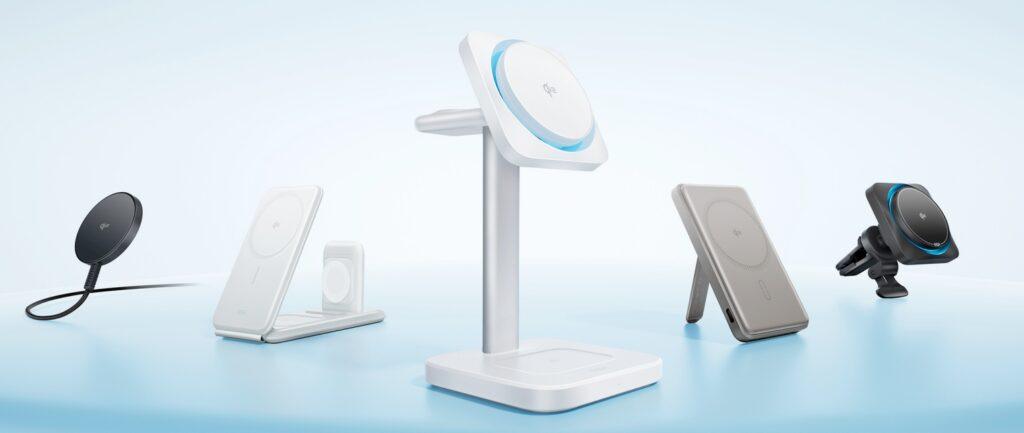
Picking the right wireless charger comes down to your setup. iPhone-only household? MagSafe for that premium snap. Mixed Apple-Android? Qi2 bridges the gap without duplicates.
- iPhone-Only: MagSafe for an all-in ecosystem.
- Budget Android owner: Qi is reliable for basics without advanced features.
- Mixed Household: Qi2 universal compatibility.
- Travel: Slim Qi2 pads as they are light and versatile.
- Car: Magnetic mounts, MagSafe for iPhone, Qi2 add-ons for others.
Get the Right Wireless Charger for Your Phone!
With the best wireless charger, you can ensure maximum speed and reduced heat. Always buy a magnetic case, keep the pad clean, and avoid metal interference. Also, start charging below 50% to get the fastest charge.
So, which wireless charger will you decide on? Let us know in the comments below!
FAQs
Yes, both hit 15W on iPhone 12 and later models with proper alignment. Ensure that the charging pad is Qi2 certified.
Apple Watch uses its own puck, not phone pads. MagSafe/Qi2 wireless chargers are phone-focused.
It might charge, but expect glitches like heat or slow speeds. Certified ones are safer.
No! Cards have shields, and phone magnets are phone-safe per Apple tests.
Not really. Wired Lightning/USB-C reaches 20W+, but MagSafe’s convenience wins.
Yes. It’s backward-compatible, just sans magnets on MagSafe/Qi2 devices.
You might also like:

